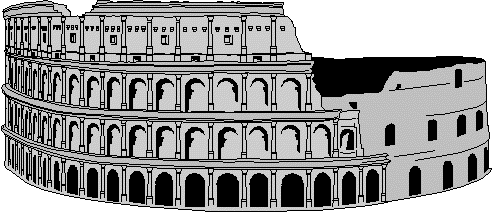|
Visit Mount Vesuvius and learn about that August day in A.D. 76 when two cities were buried in ash. Learn about rocks, minerals and earth
science. Meet the people of Ancient Rome and discover what caused the mighty Roman Empire to crumble and fall. Travel to a time when Jesus was beginning His earthly ministry and touching lives. Follow Him
to the cross and rejoice at the empty tomb!
What are the major history and science topic areas in the Ancient Rome unit?
The major history and science topic areas in the Ancient Rome unit are Ancient Rome and Earth Science (Rocks and Minerals)
What are some highlights from the unit on Ancient Rome?
Studies and activities on: Rocks, minerals, volcanoes, earthquakes, and the eruption of Mt. Vesuvius • Pronouns, singular and plural
verbs; action, helping and linking verbs, and verb tenses and agreement • Memorizing Isaiah 53 • Listening to Handel's Messiah • Prophecies of Jesus' birth and events of His
life • Geography and climate of the Roman Empire • Capitalizing, punctuating and editing • Writing about Jesus' birth • Reading The Bronze Bow, the story of a boy
in Ancient Roman times whose life is changed when he meets Jesus • Fossils • Igneous, metamorphic, and sedimentary rocks • Creation and Evolution • Experimenting with melting
rock, erosion, and weathering, formation of crystals, volcanic eruptions, and earthquakes • Creating eggshell mosaics • Ancient Roman People and Places • Rulers and Emperors of the
Roman World • Science in Ancient Rome • Caves, stalactites, stalagmites, crystals, and gemstones • Making and sampling Roman foods • Interpreting a chart of the Roman
Forum • Art and architecture of Ancient Rome • Miracles of Jesus • Interpreting charts on earthquakes and rocks • Making an ice cream volcano with gooey, fudgy lava, chocolate
bombs, and cocoa powder ash • Starting a rock collection • Expository and persuasive writing • Elements of Literature • Hosting a Roman feast!
|


